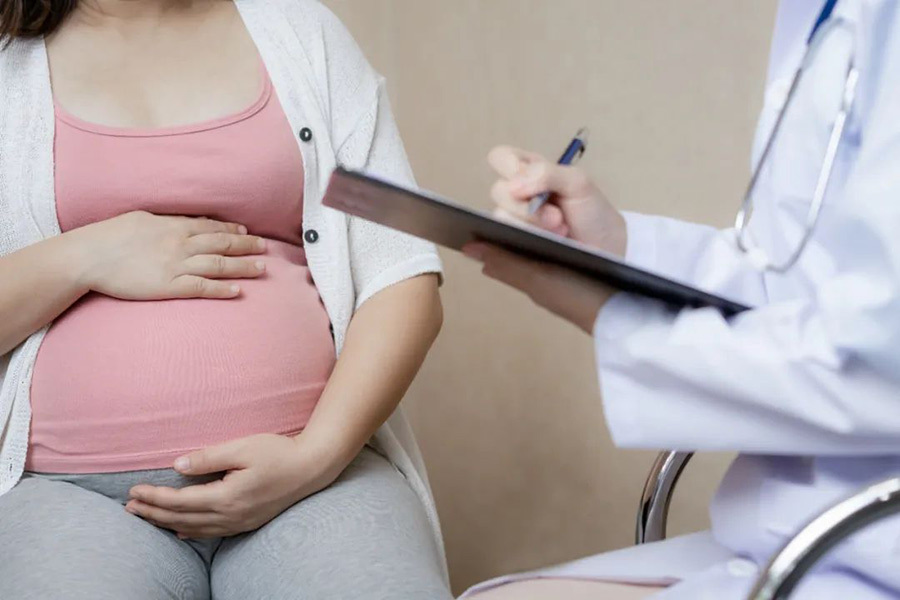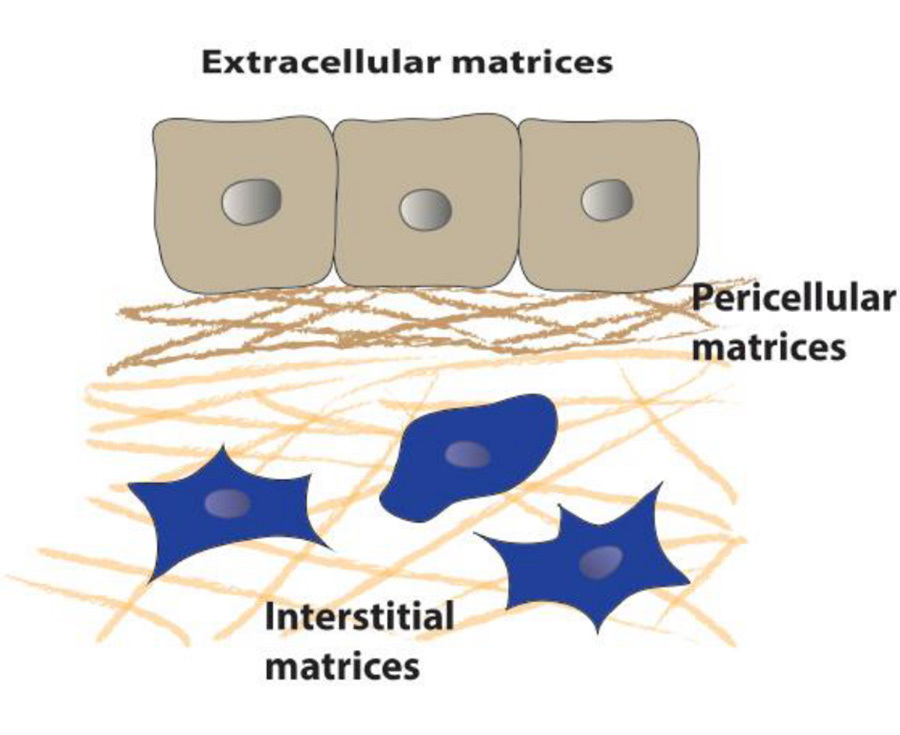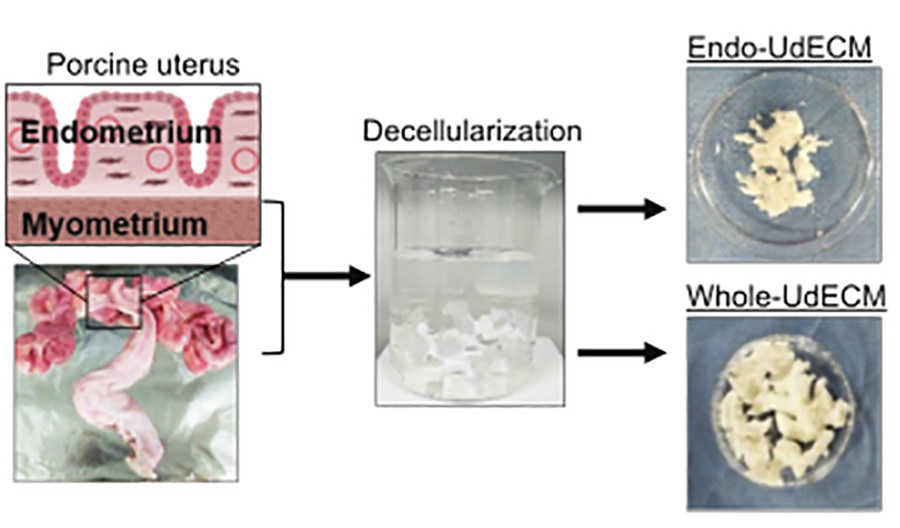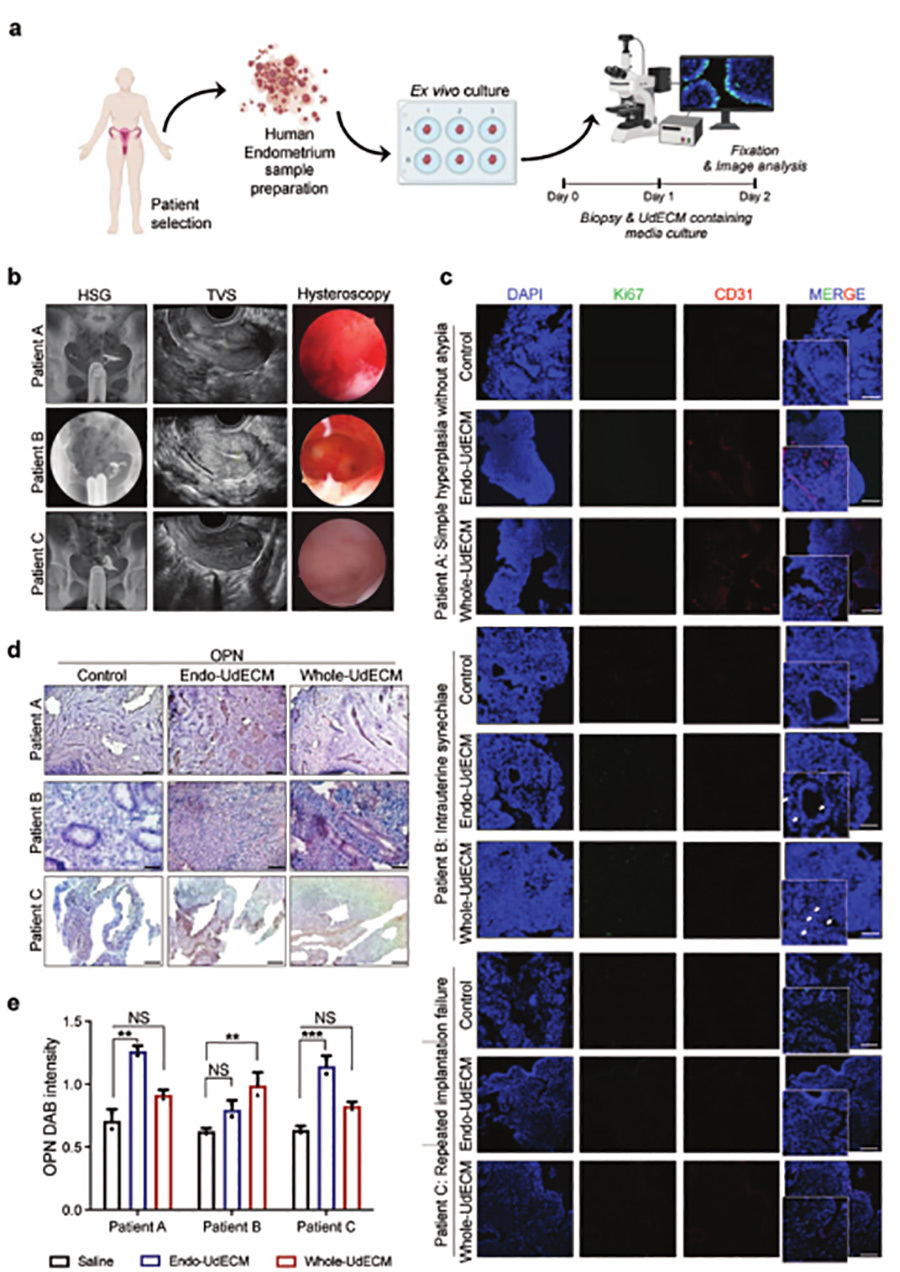10
2023
-
08
New hydrogel induces endometrial regeneration
According to the data of "China Infertility Status Survey Report", the number of infertility patients in China has been increasing year by year, and by 2023 it will have exceeded 50 million, accounting for 12.5-15% of the population of childbearing age. Infertility refers to the situation that couples who have been living together for more than 1 year, have normal sex life and do not have any contraceptive measures, but still fail to get pregnant, which seriously affects the couple's relationship and family harmony [1]. Endometrial abnormality is one of the important factors leading to female infertility.


▲Copyright Photo.
According to the data of "China Infertility Status Survey Report", the number of infertility patients in China has been increasing year by year, and by 2023 it will have exceeded 50 million, accounting for 12.5-15% of the population of childbearing age. Infertility refers to the situation that couples who have been living together for more than 1 year, have normal sex life and do not have any contraceptive measures, but still fail to get pregnant, which seriously affects the couple's relationship and family harmony [1]. Endometrial abnormality is one of the important factors leading to female infertility.
The endometrium is a complex organ that undergoes 400-500 menstrual cycles per month, including successive events of proliferation, differentiation, rupture and repair to provide optimal conditions for embryo implantation [2]. The thickness of an excessively thin endometrium is typically 7 mm or less, which severely affects embryo implantation and leads to infertility [3]. Currently, the treatment modalities used in clinical practice include hormone therapy, intrauterine injection of growth factors, and vasoactive agents, however, their effects are limited [4]. Therefore, it is important to find a new way to promote endometrial regeneration. In recent years, researchers have found that extracellular matrix (ECM) is of great value in the field of tissue engineering and is widely used for regenerative repair of organ tissues such as heart, bone, and skin [5].
What is extracellular matrix (ECM)? It is a substance secreted by cells to the periphery of cells, and its main components include proteins and polysaccharides, which is an ideal microenvironment for cell growth and tissue regeneration and repair, and regulates the behaviour, function and fate of cells. In recent years, researchers have created favourable conditions for cell growth by synthesising ECM, thereby promoting tissue regeneration and repair. However, these synthetic ECM scaffolds are somewhat inert and lack specific active factors. Decellularised extracellular matrix (dECM), which is produced from specific tissues and cells by decellularisation, can overcome various types of defects of synthetic ECM [6].

▲Figure 1 Extracellular matrix includes pericellular matrix and mesenchymal matrix [7].
Recently, a joint research group of Pohang University of Science and Technology and Bucheon Chinese Medical University in Korea published a study in the high-level journal Advanced Functional Materials entitled "Uterus-Derived Decellularised Extracellular Matrix Uterus-Derived Decellularised Extracellular Matrix -Mediated Endometrial Regeneration and Fertility Enhancement" [8]. The team developed a hydrogel containing dECM derived from the endometrial layer or the entire uterus, which mimics the uterine cellular microenvironment and induces endometrial regeneration.

▲Figure 2 dECM originating from the endometrium and the whole uterus
This study showed that injecting uterine-derived dECM into the uterus restored endometrial thickness and increased endometrial tolerance and angiogenesis. At the same time, it alters the characteristics of natural killer cell subsets and reduces cytotoxicity, creating favourable conditions for embryo implantation and endometrial metamorphosis. Notably, they elucidated for the first time the mechanism of action of uterine-derived dECM to promote endometrial regeneration, in which insulin-like growth factor 1 (IGF-1) and insulin-like growth protein-binding protein 3 (IGFBP3) act as key regulators.

▲Figure 3 Uterine-originated dECM mediate endometrial regeneration and fertility enhancement in an IGF-1- and IGFBP3-dependent manner
In addition, they found that dECMs originating from the myometrium or endometrium showed different therapeutic effects, which could provide personalised treatment for infertile patients.

▲Figure 4 Validation of the therapeutic effect of dECM of different sources in endometrial tissue
Uterine-derived dECM has the potential to promote endometrial regeneration and create favourable conditions for embryo implantation. The results of this study are expected to be clinically translatable, opening a new path for the repair of endometrial abnormalities and bringing benefits to infertility patients.


